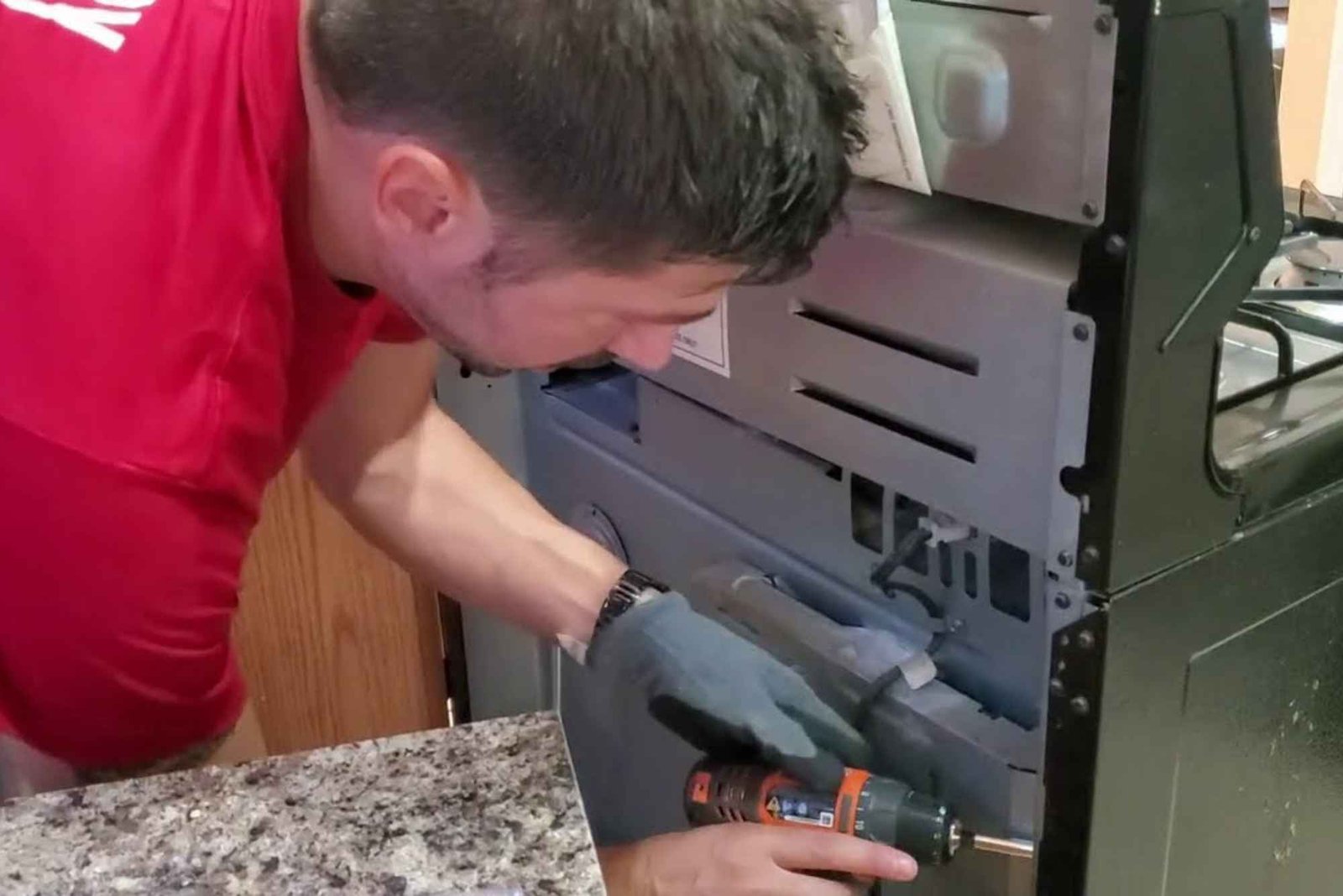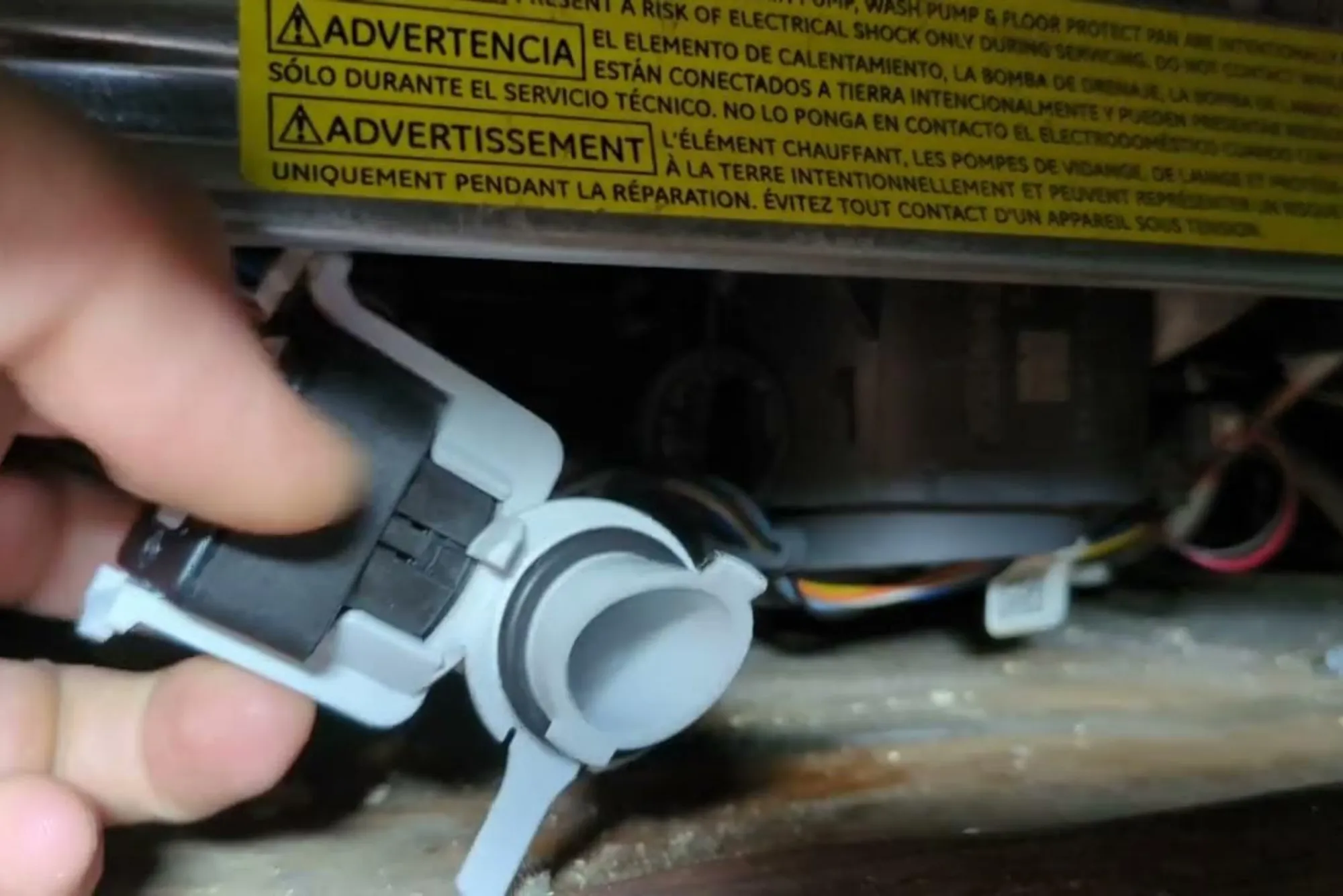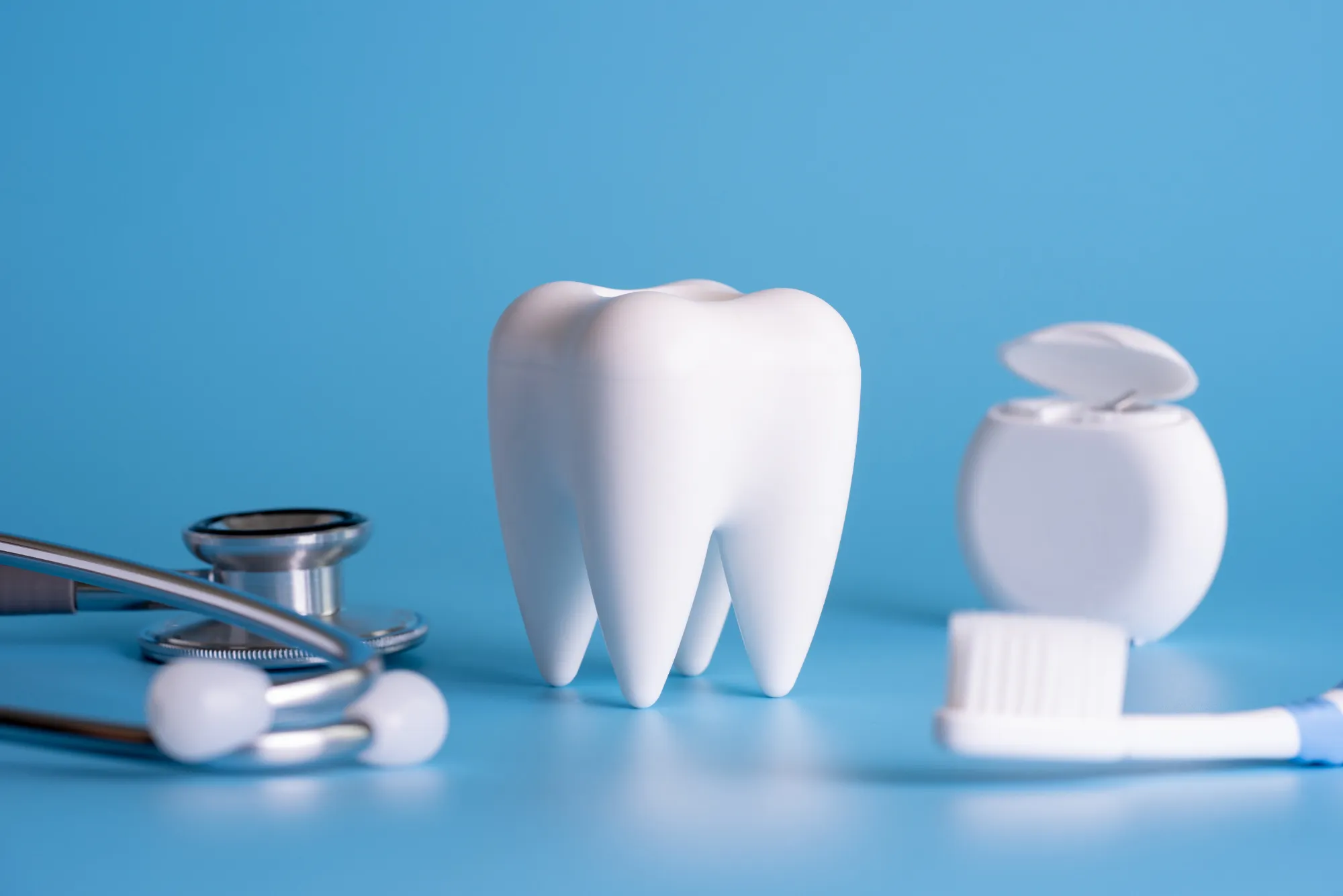Sedation dentistry has become a popular option for managing anxiety and discomfort during dental procedures, especially for children who may find dental visits overwhelming. While it offers significant benefits, such as reducing fear and ensuring a smoother experience, it’s essential to understand the potential risks involved. This article explores the risks of sedation dentistry for kids, provides insights into safe dental practices, and offers guidance on how to brush baby teeth to maintain optimal oral health. By addressing these topics, we aim to equip parents with the knowledge to make informed decisions about their child’s dental care.
Understanding Sedation Dentistry for Kids
Sedation dentistry involves using medication to help patients relax during dental procedures. For children, this can range from mild sedation, like nitrous oxide (laughing gas), to moderate sedation, such as oral sedatives, or even general anesthesia in complex cases. Sedation dentistry for kids is often recommended for those with severe dental anxiety, special needs, or when extensive procedures are required. While it’s generally safe when administered by trained professionals, there are risks that parents should be aware of before opting for this approach.
Risks of Sedation Dentistry for Kids
1. Adverse Reactions to Sedatives
One of the primary risks of sedation dentistry for kids is the possibility of adverse reactions to the sedative medications. Children’s bodies are still developing, which can make them more sensitive to certain drugs. Allergic reactions, though rare, can occur, ranging from mild symptoms like rashes to severe ones like difficulty breathing. Additionally, some children may experience side effects such as nausea, vomiting, or dizziness post-procedure. To minimize this risk, dentists must thoroughly review the child’s medical history and allergies before administering sedation.
2. Respiratory Complications
Sedation, particularly moderate to deep sedation, can affect a child’s breathing. In some cases, sedatives may depress the respiratory system, leading to shallow breathing or, in rare instances, respiratory arrest. This risk is higher with general anesthesia, which is why it’s typically reserved for complex procedures in a hospital setting. Certified pediatric dentists and anesthesiologists monitor vital signs closely to mitigate this risk, but parents should ensure the dental team is well-trained in pediatric sedation protocols.
3. Over-Sedation
Over-sedation is a rare but serious risk in sedation dentistry for kids. If too much sedative is administered, a child may become overly drowsy or unresponsive, which can lead to complications like low oxygen levels or cardiovascular issues. This risk is minimized when the dentist follows strict dosage guidelines based on the child’s age, weight, and health. Parents should verify that the dental practice adheres to standards set by organizations like the American Academy of Pediatric Dentistry (AAPD).
4. Delayed Recovery
Some children may take longer to recover from sedation, experiencing grogginess, confusion, or irritability for hours after the procedure. This can be distressing for both the child and the parents. The recovery time depends on the type of sedation used—nitrous oxide typically wears off quickly, while oral sedatives or general anesthesia may have lingering effects. Ensuring proper post-procedure care, such as monitoring the child and following the dentist’s instructions, can help manage this risk.
5. Psychological Impact
While sedation aims to reduce anxiety, some children may have negative psychological reactions. For instance, waking up disoriented or remembering parts of the procedure can cause distress. In rare cases, children may develop a fear of sedation itself, complicating future dental visits. Open communication with the dentist about the child’s temperament and past experiences can help tailor the sedation approach to minimize psychological risks.
Mitigating Risks in Sedation Dentistry
To ensure the safety of sedation dentistry for kids, parents should take proactive steps:
-
Choose a Qualified Dentist: Select a pediatric dentist certified in sedation dentistry with experience in treating children. Verify their credentials and ask about their sedation protocols.
-
Discuss Medical History: Provide a complete medical history, including allergies, medications, and past reactions to anesthesia.
-
Understand the Sedation Type: Ask the dentist to explain the type of sedation, its risks, and the monitoring procedures in place.
-
Follow Pre- and Post-Procedure Instructions: Adhere to guidelines, such as fasting before sedation or monitoring the child afterward, to reduce complications.
By working closely with a trusted dental professional, parents can significantly reduce the risks associated with sedation dentistry.
The Role of Oral Hygiene in Reducing Dental Anxiety
Preventive dental care can reduce the need for invasive procedures, potentially decreasing the reliance on sedation. Teaching children proper oral hygiene early on is crucial, starting with how to brush baby teeth. Good oral health habits can prevent cavities and other issues that may require complex treatments.
How to Brush Baby Teeth Effectively
Brushing baby teeth correctly lays the foundation for lifelong oral health. Here’s a step-by-step guide on how to brush baby teeth:
-
Choose the Right Tools: Use a soft-bristled, age-appropriate toothbrush and a smear of fluoride toothpaste (about the size of a grain of rice) for children under 3. For kids 3–6, use a pea-sized amount.
-
Brush Gently: Hold the toothbrush at a 45-degree angle to the gums and use small, circular motions. Brush all surfaces—front, back, and chewing areas—for two minutes.
-
Make It Fun: Sing a song or use a timer to make brushing engaging. Supervise young children to ensure they don’t swallow toothpaste.
-
Establish a Routine: Brush twice daily, morning and night, to build consistency. Regular brushing reduces plaque buildup, preventing cavities that might necessitate sedation for treatment.
By mastering how to brush baby teeth, parents can help their children avoid dental issues that might require sedation dentistry. Regular dental checkups, starting by age one, also play a key role in early detection and prevention.
Balancing Benefits and Risks
Sedation dentistry offers undeniable benefits, particularly for children with dental anxiety or special needs. It allows dentists to perform procedures efficiently while minimizing discomfort. However, the risks—ranging from adverse reactions to psychological impacts—require careful consideration. Parents should weigh these factors and consult with their dentist to determine if sedation is necessary or if alternative approaches, like behavior management techniques, could suffice.
When to Avoid Sedation Dentistry
In some cases, sedation may not be the best option. Children with certain medical conditions, such as respiratory disorders or heart issues, may face higher risks. Additionally, if a child’s anxiety is mild, non-sedative methods like distraction, positive reinforcement, or gradual desensitization to dental visits may be effective. Discussing all options with the dentist ensures the safest and most appropriate choice for the child.
Empowering Parents with Knowledge
Understanding the risks of sedation dentistry empowers parents to make informed decisions. By choosing a qualified dentist, discussing the child’s needs, and maintaining excellent oral hygiene through practices like how to brush baby teeth, parents can minimize the need for sedation and ensure their child’s dental experience is positive. Regular dental visits, a consistent brushing routine, and open communication with the dental team are key to fostering a lifetime of healthy smiles.
Conclusion
Sedation dentistry can be a valuable tool for managing dental anxiety in children, but it’s not without risks. From respiratory complications to delayed recovery, parents must be aware of potential challenges and take steps to mitigate them. Alongside this, prioritizing preventive care through proper oral hygiene practices, such as how to brush baby teeth, can reduce the need for complex procedures. By staying informed and proactive, parents can ensure their child’s dental care is both safe and effective, setting the stage for a healthy smile that lasts a lifetime.







